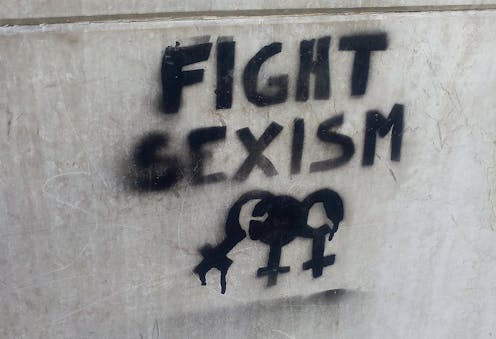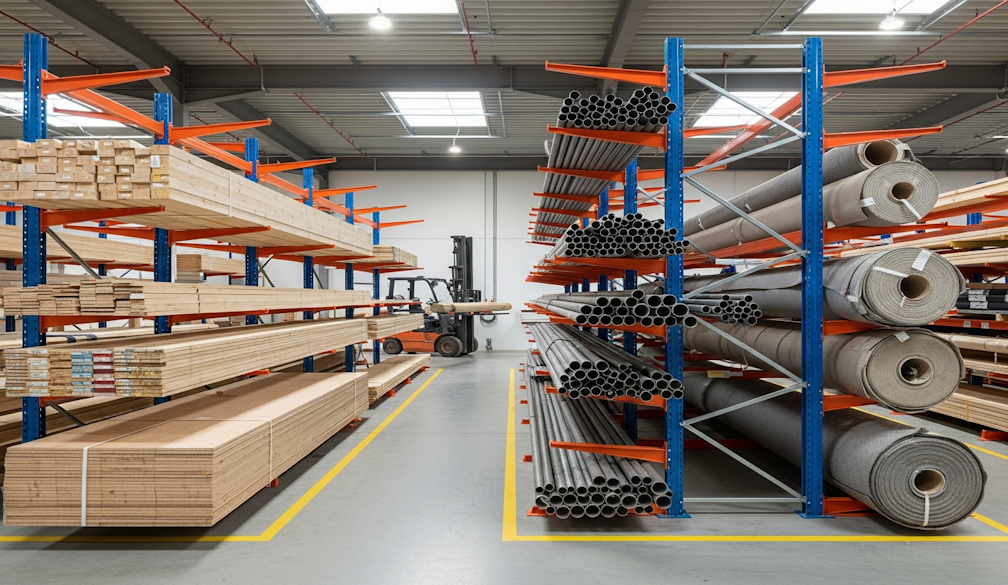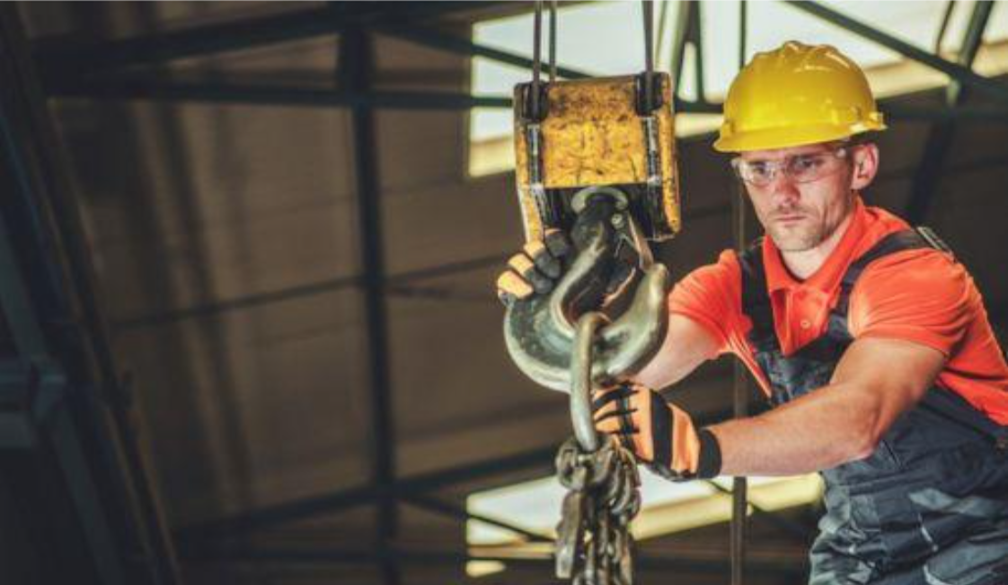Sexual abuse, harassment and discrimination 'rife' among Australian academics
- Written by Laura Rademaker, Postdoctoral Research Associate, Australian National University

Sexual abuse, harassment and discrimination pervade parts of Australian universities, according to survey results released today by the Australian Women’s History Network.
Of the 159 academics who completed our voluntary survey, from more than two dozen universities around Australia, 48.7% reported sexual abuse or harassment in the workplace. Sexual or gender-based discrimination were even more common, reported by 66.2% of respondents.
Women made up 90.6% of the responses (of these, 50% reported abuse or harassment and 70% reported discrimination). The survey targeted people working within the history discipline (38.9% of the respondents), but also attracted responses from other fields within the arts and social sciences (39.5%).
The remaining 21.7% were in various fields, including information technology, psychology, law, finance, health and science. Respondents were self-selecting but the breadth of disciplines represented indicated that these are university-wide problems.
Together the responses are a sign that all academic disciplines are ripe for a reckoning against sexual abuse, harassment and discrimination.
Academics and PhD students reported sexualised bullying, unfair workloads, sexual harassment and in some cases even sexual assault, usually by their superiors and supervisors.
A recurring scenario reported involved male supervisors or senior colleagues pressuring female PhD students or junior academics into sex. Respondents wrote about being lured into men’s offices, hotel rooms or homes on a professional pretext, and then having to fend off unwanted sexual advances.
In many cases, coercion and intimidation were involved. One respondent wrote that, “mid-career male threatened me and my career if I did not ‘sleep’ with him”.
The global #MeToo movement prompted our initiative, and the Australian survey findings come in the wake of similar revelations at home and abroad. Last August, the Australian Human Rights Commission reported one-in-five Australian university students had been sexually harassed on campus.
Read more: Universities have a problem with sexual assault and harassment: here's how to fix it
In October, a list of academics at Indian universities accused of sexual harassment was posted on Facebook. Since December, an online spreadsheet on Sexual Harassment in the Academy has attracted over 2,400 entries, mostly from the US.
And just last month, a US report found that half of women in science had experienced sexual harassment, while the Australian Human Rights Commission announced a national inquiry into sexual harassment in the workplace.
Sexism ‘rife’
In the words of one respondent, “sexism is rife in universities”. The survey uncovered a continuum of inappropriate behaviour, ranging from “mansplaining”, “manterruption” and “bropriation”, to leering, groping and serial sexual predation.
Common patterns of discriminatory behaviour reported include men belittling, marginalising and colluding against female colleagues. Transphobia and homophobia were also reported. Respondents described uneven workloads, with women expected to carry a disproportionate amount of teaching and service work (as the “work wife”) – which then goes unrecognised in a sector that rewards research.
One respondent observed:
Women in my department have often been given junior, labour-intensive administrative roles while the men take the lighter jobs and junior men are protected from heavy administrative work so they can cultivate their genius.
Pregnant women and mothers reported experiencing high rates of discrimination and harassment, with reports of inadequate parental leave and workplace cultures hostile to caring responsibilities. Respondents noted that women with children were liable to be judged less “serious” about their career (whereas men with children were not).
“There needs to be an awareness that mothers can also be competitive academics,” recommended one.
Inadequate institutional response
Alarmingly, results stressed the inadequacy of reporting and support mechanisms. Only six individuals who had made a formal complaint said they were satisfied with the response from their institution.
By contrast, 47 respondents said they had made a complaint that was then ignored, dismissed or mishandled. Respondents detailed patterns of victim-blaming and institutional inaction, as well as “unsafe” conflict resolution procedures that kept them in close proximity to the alleged perpetrator. In several cases, respondents said they had experienced reprisals from perpetrators or institutions as a result of their complaints.
A further 77 respondents had not complained, in many cases citing a lack of reporting mechanisms or fear of reprisals. In a climate of growing academic precarity, junior or untenured academics in particular believe that speaking out would mean “career suicide” – especially when the alleged perpetrator occupies a more senior position. One respondent commented: “There’s 100 people coming up behind me so if I arc up, I’m dispensable here.”
Many expressed concerns about a culture of silence in which powerful individuals, said to be serial perpetrators, go unpunished. In one instance where a male professor was accused of inappropriate behaviour, his colleagues refused to take action. “We know he does it but he has too much power so there’s nothing to be done,” one colleague was reported as saying.
Heavy toll
Aside from reprisals, respondents reported a range of personal and professional consequences. Feeling “powerless”, “belittled” or “unwelcome” were common outcomes, as were self-doubt and imposter syndrome. “[S]elf-disgust” and “continued self-loathing” were also cited.
Respondents emphasised that being always “on my guard” to avoid predatory behaviour took a major toll. Bystanders also noted the “difficult emotional labour of providing support”, which is “unpaid, unacknowledged and exhausting”. In total, 33.3% of the survey respondents reported psychological consequences, including anxiety, insomnia, stress and major depression.
Intellectual consequences were reported by 25.2% of respondents, while 24.5% reported economic consequences. Many people changed research area, resigned from their job, or left the profession altogether in an effort to avoid the alleged perpetrator.
One respondent gave up a long-term contract and became mired in insecure casual employment. “It completely shattered my confidence for years,” she wrote, “And casual work is a personal as well as professional consequence.”
Another noted that her experience “destroyed my research career”. There were also references to bankruptcy, homelessness and “years of insecurity”.
What’s to be done?
The major recommendation from the survey is that academic institutions must improve their mechanisms to assist victims of sexual abuse or harassment. One suggestion was for every work area to have a mandated “reporting staff member”, akin to the fire wardens already stationed in each corridor.
Yet respondents also insisted that band-aid solutions such as “more training” wouldn’t be enough to overcome the entrenched culture of misogyny and discrimination. Instead they called for structural changes, including the decentralisation and diversification of institutional authority.
Increased female leadership was proposed as one option, but this alone will not solve structural problems. A more radical redistribution of formal and informal power within the academy is required to make academia less hierarchical and decentralise power from top professors and deans.
Above all, the survey makes it clear there is a problem that needs to be addressed. One senior female academic had this advice: “Acknowledge the toxic work culture, listen to these stories and ACT.”
The survey findings will be released today at the Australian Women’s History Network’s annual symposium.
Authors: Laura Rademaker, Postdoctoral Research Associate, Australian National University



















